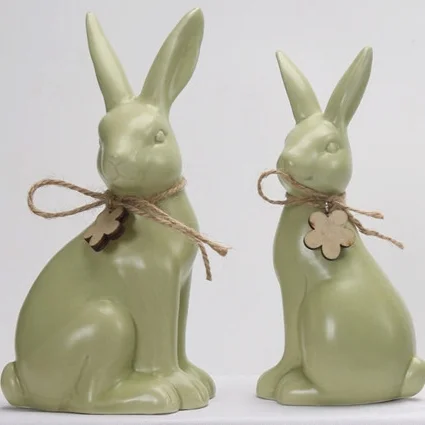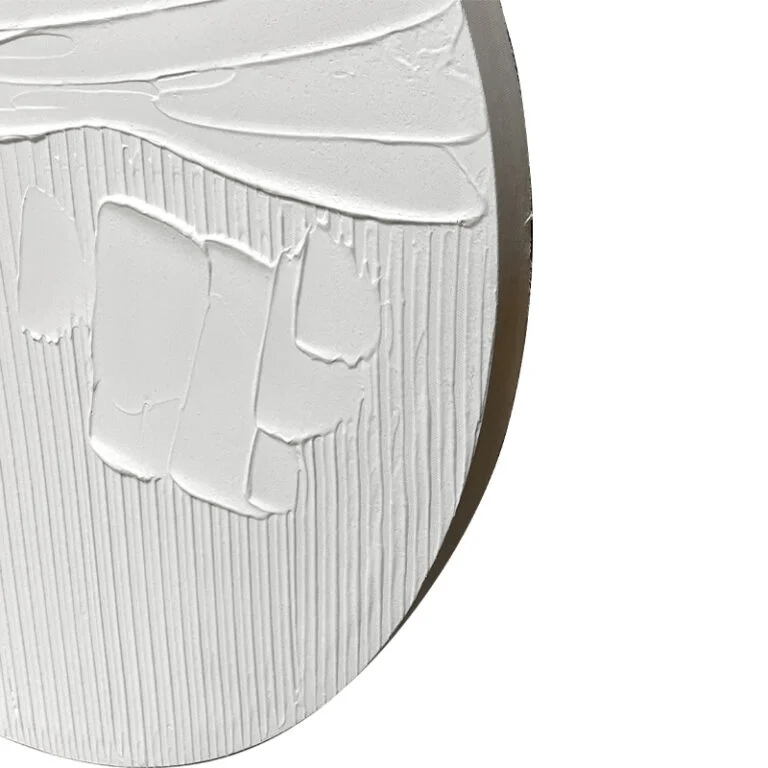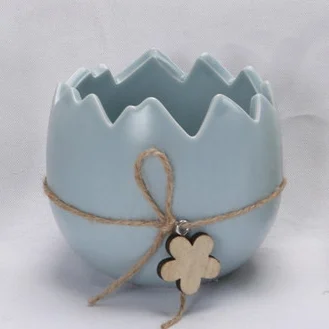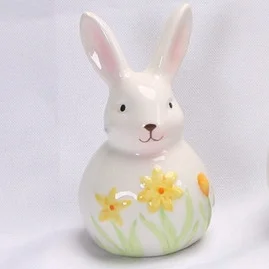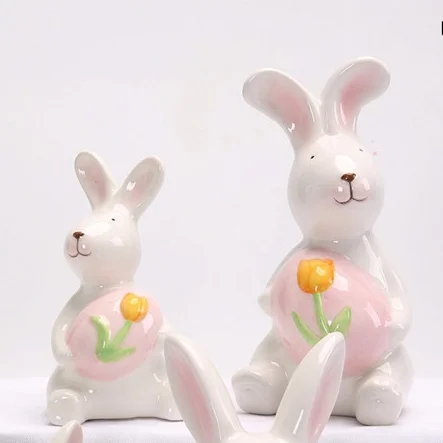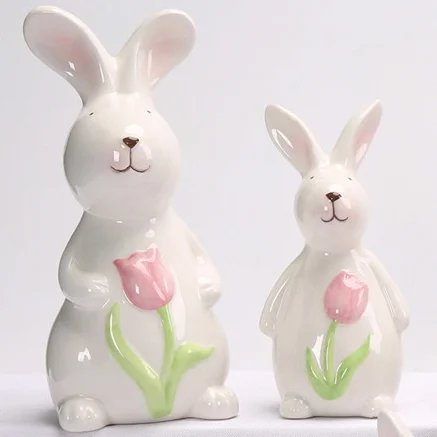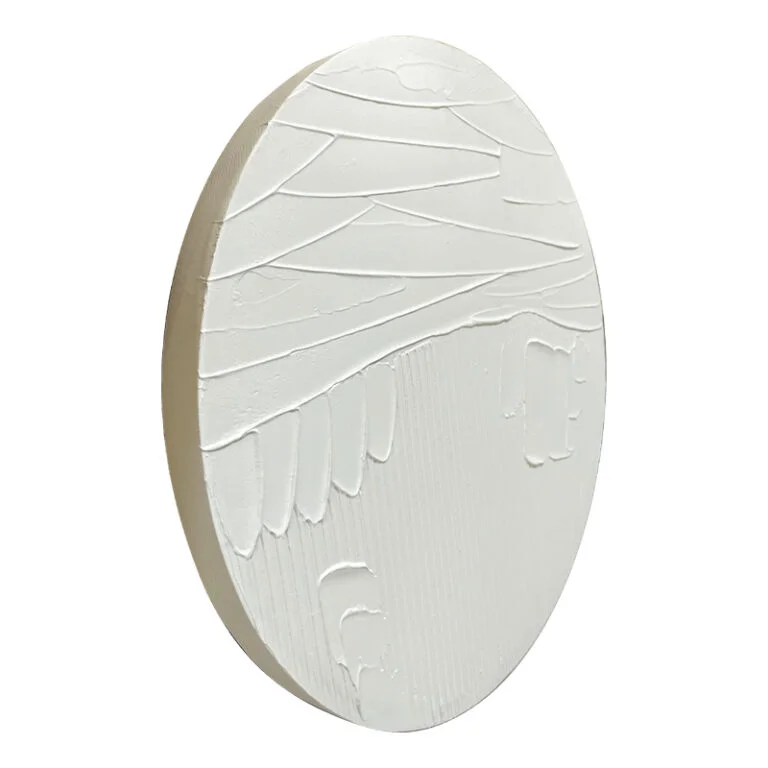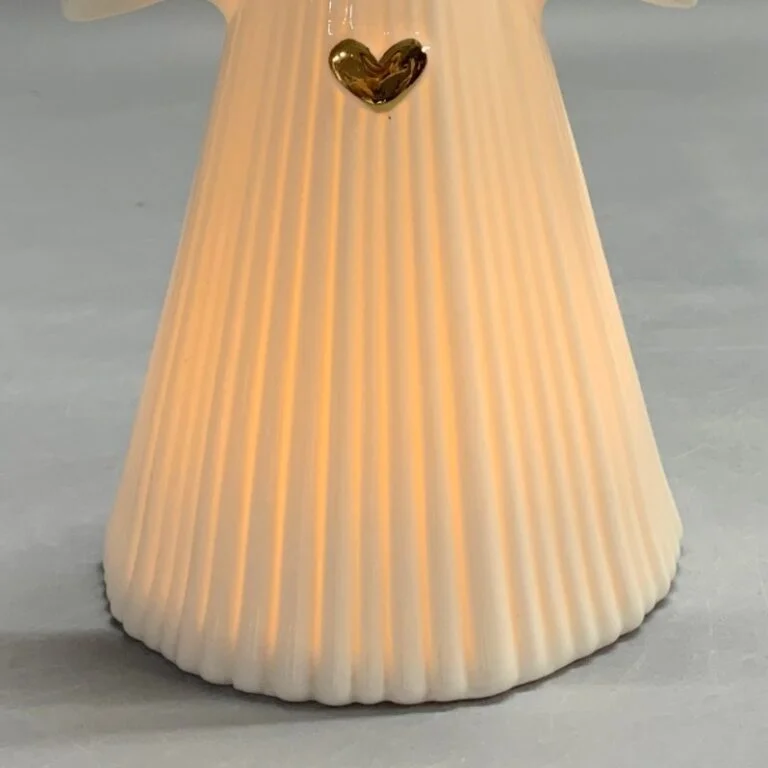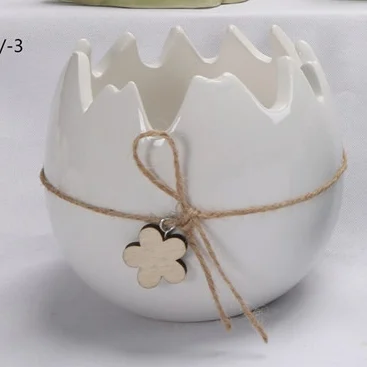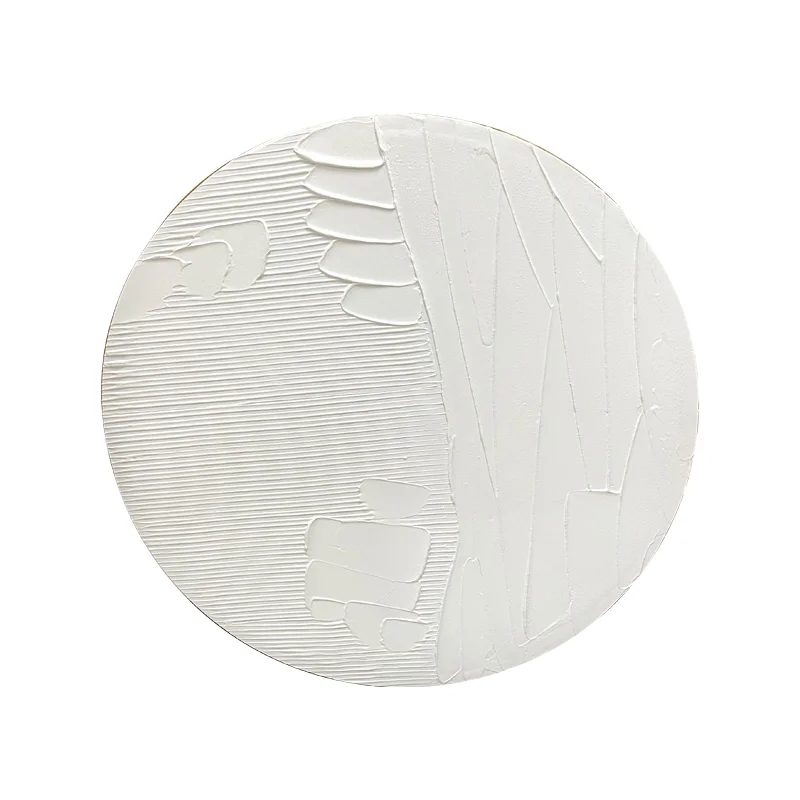Ceramic Rabbit Adorned with Narcissus Motifs
Ceramic Rabbit Adorned with Narcissus Motifs – A Cross-Cultural Art Piece
1. Artistry and Craftsmanship
-
Ceramic Rabbit: Handcrafted ceramic animal figurines, especially rabbits, often symbolize gentleness, fertility, or luck (e.g., the “Jade Rabbit” in Chinese folklore). Glazed finishes, intricate carvings, or openwork designs can highlight the material’s delicacy.
-
Narcissus Decorations: The flowers may be rendered via relief sculpture, hand-painted motifs, or decals. In Western culture, narcissus represents rebirth (e.g., Greek myth of Narcissus); in Eastern traditions, it signifies auspiciousness and lunar New Year celebrations.
2. Cultural Symbolism
-
East-West Fusion: A design blending Chinese narcissus symbolism with European ceramic techniques (e.g., Sèvres porcelain’s realism + Jingdezhen’s brushwork) could reflect cross-cultural dialogue.
-
Seasonal Theme: Narcissus (a winter bloom) paired with rabbits (linked to spring/Easter) makes it ideal for transitional seasonal décor or Lunar New Year gifting.
3. Design Inspiration
-
Form: A crouching rabbit with sculpted narcissus vines along its back or ears; celadon or pastel glazes to evoke floral freshness.
-
Functionality: Convertible designs—as a vase (flowers emerging from the hollow body), incense holder, or pure ornament.
-
Customization: Personalized calligraphy (e.g., “福” for fortune) or zodiac accents enhance sentimental value.
4. Collector’s Notes
-
Antiques: 19th-century European pieces (e.g., Meissen, Royal Doulton) may feature similar motifs—check maker’s marks.
-
Contemporary Works: Seek studio ceramics by artisans (Japanese Mashiko-yaki or Chinese Dehua innovators) for unique hand-painted details.
-
Care: Avoid direct sunlight to preserve glaze; dust carved floral areas gently with a soft brush.
5. Artistic Connections
-
Literary: Echoes the White Rabbit’s surrealism in Alice in Wonderland or Narcissus’ reflection symbolism.
-
Modern Art: Yayoi Kusama’s floral-polka dot hybrids could inspire avant-garde reinterpretations.
Key Terminology Choices:
-
“Narcissus” (over “daffodil”) retains botanical/mythological precision.
-
“Motifs” emphasizes intentional design, while “adorned” conveys elegance.
-
Culturally specific terms (e.g., “Jade Rabbit,” “celadon”) are preserved with brief explanations.
